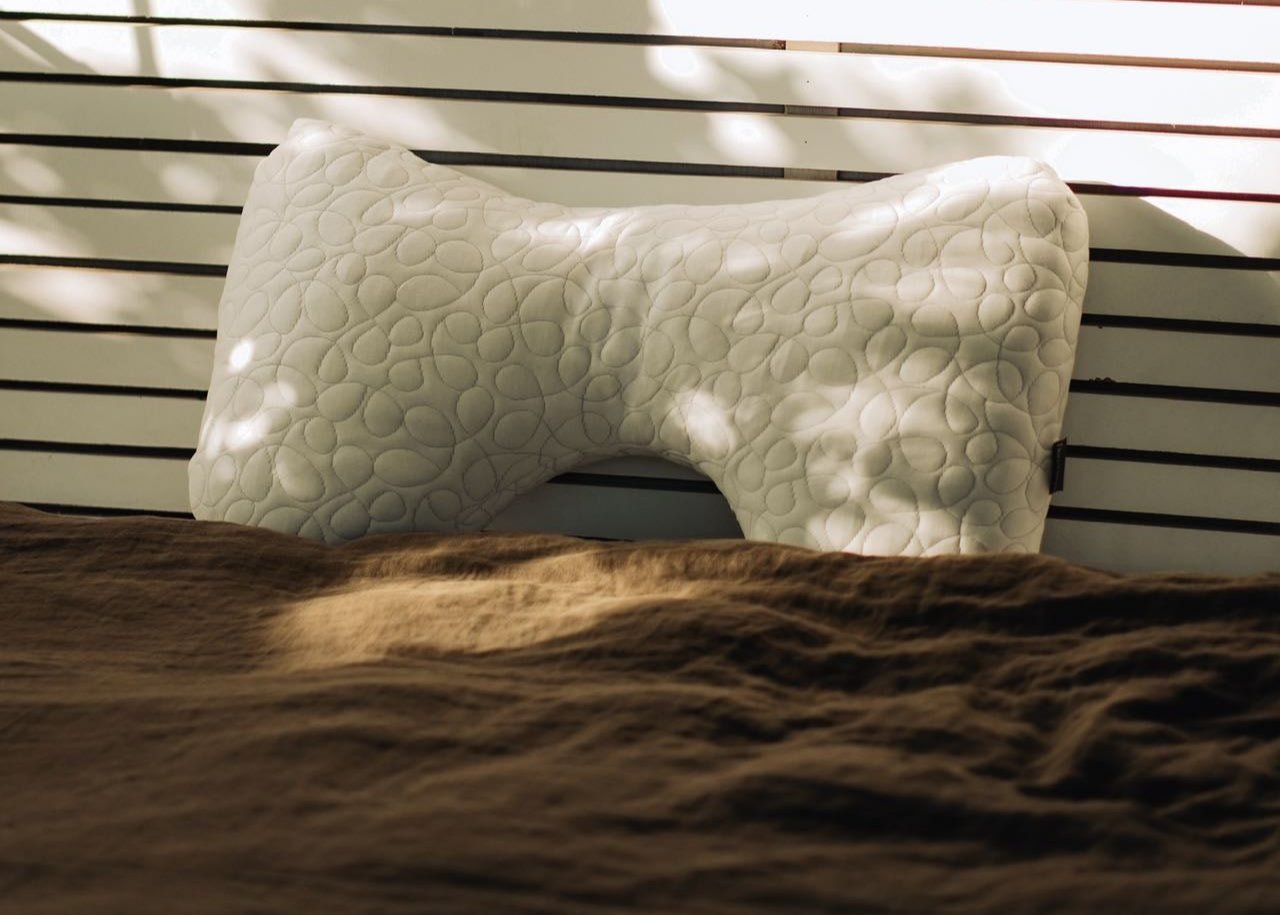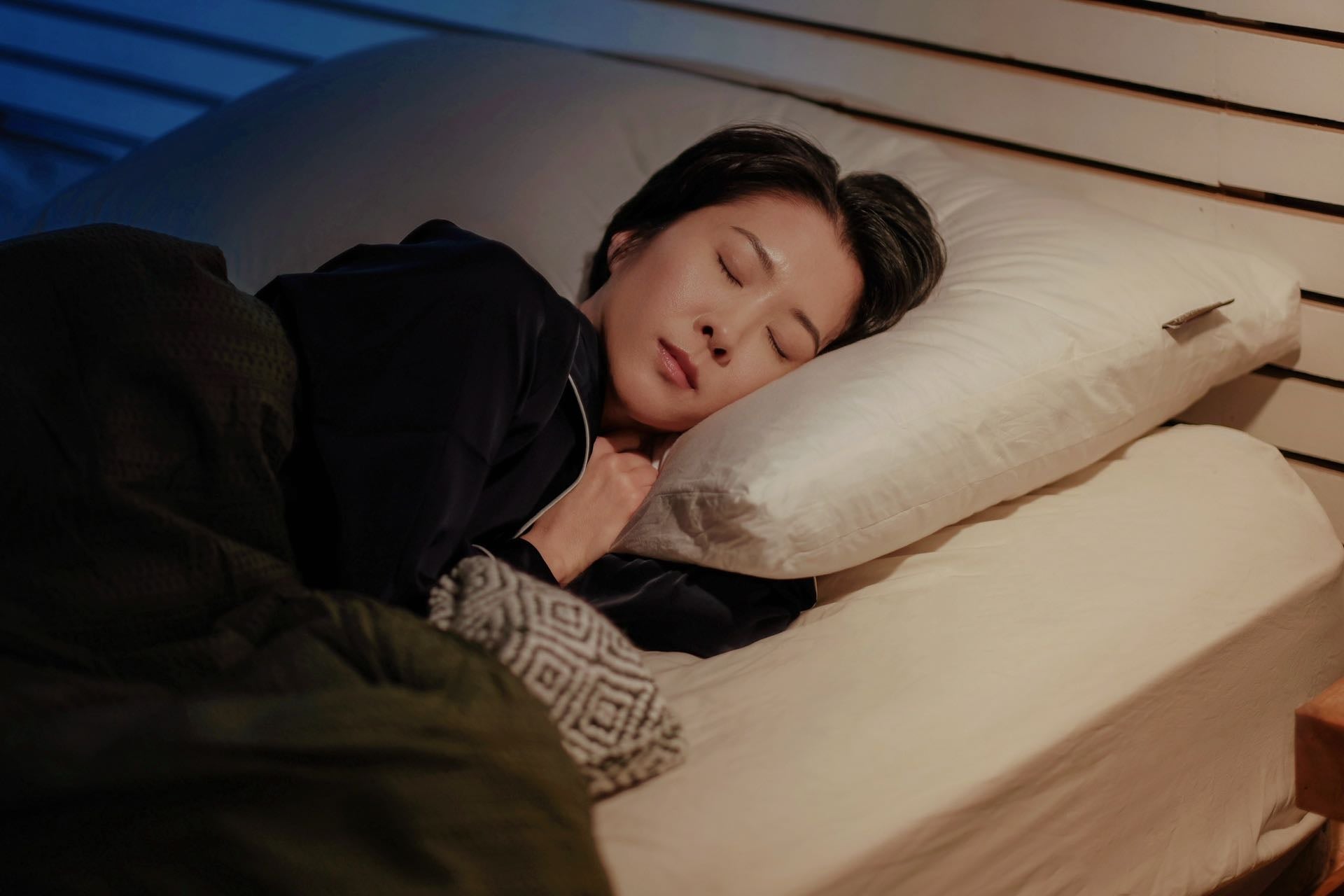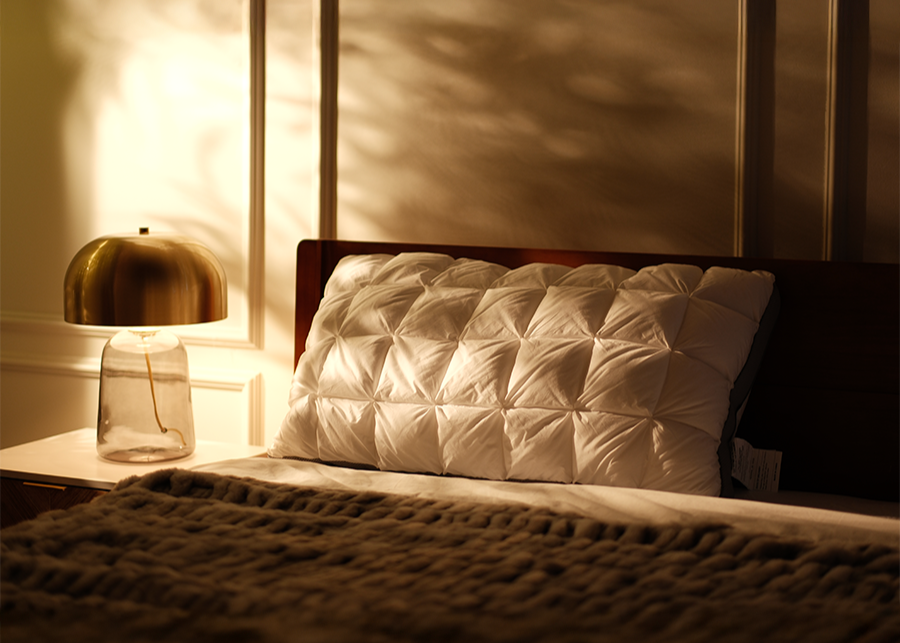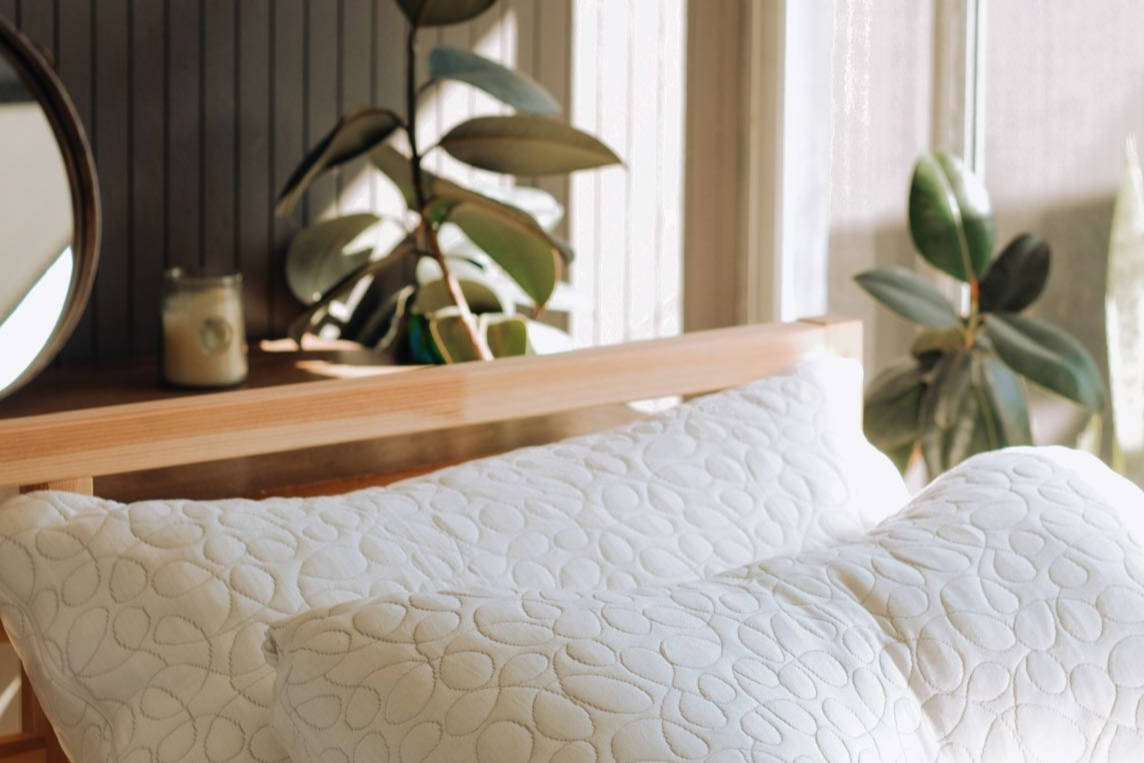When to Replace Your Pillow: Signs It’s Time for a New One
Pillows don’t last forever. Over time, even the best pillow will lose its shape, accumulate allergens, or simply stop providing the support you need for a good night’s sleep. But how do you know when your pillow has reached the end of its lifespan? A common rule of thumb is to replace bed pillows every about two years, but it can vary by pillow type and how well it’s cared for. Here are the telltale signs that you likely need to retire your old pillow and invest in a new one.
It’s Gone Flat or Lumpy
One of the clearest signs of a worn-out pillow is when it no longer holds its shape. If you have to constantly fold or fluff your pillow to get comfortable, that’s a red flag. Over months and years of use, materials like foam, fiberfill, and feathers break down and compress. A pillow that used to be lofty and supportive might now be pancake-flat or full of lumps. You can perform a simple “fold test”: fold your pillow in half and see if it springs back into shape when you release it. If it stays folded (especially if you put a shoe on it as a weight) and doesn’t push the shoe off, the pillow has lost most of its supportiveness. A lifeless pillow can no longer keep your head and neck in alignment, which can lead to stiffness and aches. So if your once-fluffy pillow now looks like a squashed quilt or has uneven clumps of filling that you can’t smooth out, it’s time for a replacement.
You Wake Up with Aches or Allergies
Your body can tell you when a pillow is past its prime. If you’re waking up with neck pain, shoulder soreness, or headaches, your pillow might be to blame. As pillows age and lose support, they stop holding your head at a healthy angle, which can strain your neck overnight. An older pillow might also be worsening your allergies or asthma. Pillows accumulate dust mites, pet dander, mold, and other allergens over time, even with regular washing. In fact, after about two years of use, up to 10% of a pillow’s weight can be composed of dust mites and their droppings (gross, but true) If you find yourself sneezing, with a runny nose, or with skin breakouts each morning, your pillow could be triggering these reactions as it harbors more and more allergens. While washing can help (to a point), there comes a time when no amount of laundering will make that pillow truly clean again. Your health – both in terms of posture and allergies – is a strong indicator. Waking up pain-free and not congested is a baseline for good sleep; if your pillow isn’t contributing to that, it’s likely time to replace it.
It’s Stained, Smelly, or Over the Hill
Take a good look at your pillow (beneath the pillowcase). Does it have yellow or brown sweat stains that no longer wash out? Does it emit a stale or musty odor? Over years of nightly use, pillows absorb sweat and body oils, which can lead to discoloration and unpleasant smells. These are signs of a pillow that has seen better days. Even pillows made with durable materials have a natural lifespan: for example, memory foam and latex pillows might last up to 2-3 years, while cheaper polyfill or down alternative pillows often need replacing after 1-2 years. Feather and down pillows can last longer (sometimes 5+ years) if cared for, but they too will eventually lose their loft or start leaking feathers. If you can’t remember when you bought your pillow, it’s probably old. Many experts suggest replacing pillows about every 18-24 months to ensure optimal support and cleanliness. Certainly, if a pillow is older than 3 or 4 years, you should evaluate its condition critically. A new pillow isn’t just about fluff – it can improve your sleep quality and even reduce issues like neck pain and nighttime allergies. So when in doubt, and definitely if your pillow is showing multiple signs from above (flat, lumpy, stained, smelly), do yourself a favor and start fresh with a new one.
It Passes the “Expiration Date” for Its Type
Different pillow materials have different durability. Knowing this can guide you on when replacement is due. Polyester fiber pillows (down alternative) tend to have the shortest life – they might only keep their shape for a year or so before they flatten out. Memory foam pillows usually last around 2-3 years; they’re done once the foam permanently loses its elasticity or has cracks. Feather/down pillows can last longer (sometimes up to 5 years) but only if you diligently fluff them and occasionally refill them (some down pillows have zippered casings to add more down). Latex pillows are quite resilient and can also last 3-4 years. Keep track of what type of pillow you have and how long you’ve been using it nightly. If you’re approaching the typical lifespan for that material, be on the lookout for the symptoms mentioned above. And even if a pillow looks okay, remember the unseen buildup of allergens and microbes over time. Hygiene alone is a good reason to replace pillows periodically – one allergy advocacy organization recommends replacing pillows every one to two years to keep dust mite levels low In summary, consider both the age of your pillow and its material when deciding if it’s time to say goodbye.
Replacing your pillow regularly is an important part of sleep hygiene and health. A tired, worn-out pillow can negatively impact your spinal alignment and harbor allergens that affect your breathing and skin. Listen to your body – neck pain, stiffness, or allergy symptoms upon waking are strong clues that your pillow isn’t doing its job anymore. Visually inspect and test your pillows every few months; when they fail the support test or become noticeably discolored or malodorous, start shopping for a new one. Investing in a fresh pillow every couple of years (or as needed) is investing in better sleep and overall well-being. Your head spends around 7-8 hours a night on this thing – make sure it’s up to the task! Regularly replacing your pillow can significantly improve sleep quality and overall well-being. Ready for an upgrade? Check out DonaHona’s Premier Hotel Pillow, designed to offer luxurious comfort and consistent support night after night.










Leave a comment
This site is protected by hCaptcha and the hCaptcha Privacy Policy and Terms of Service apply.